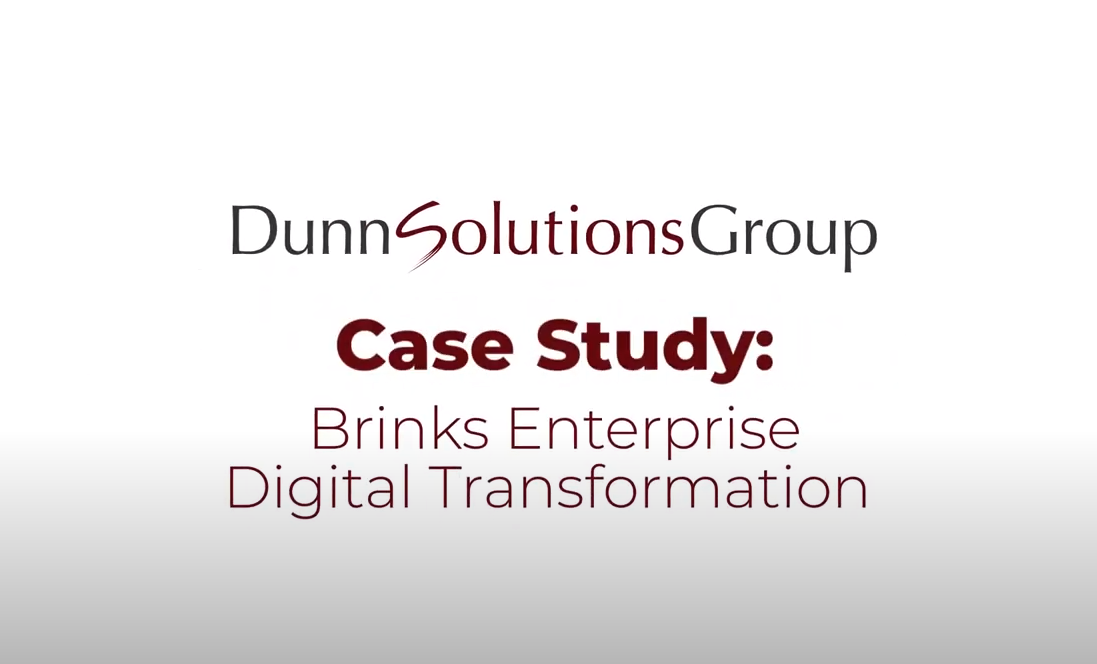This course will prepare you to use workflow tools and to define and implement your own workflows.
Application Consultant
Business Process Owner / Team Lead / Power User
Developer
Development Consultant
Industry Specialist
Solution Architect
System Administrator
System Architect
Technology Consultant
- Essential: BIT600 – SAP Business Workflow – Concepts, Inbox and Template Usage
- Recommended; SAPTEC Fundamentals of SAP Web AS; Good knowledge in ABAP Development
- 1) Introduction
- a) Describe the workflow architecture
- b) Name the steps involved in a workflow project
- c) Describe the general procedure for design and implementation
- d) List the different options for using organizational units in a workflow
- e) Create an organizational unit with positions
- f) Describe the different ways of assigning possible agents to units in the organizational model
- 2) Workflow Definition in the Workflow Builder
- a) Create a workflow template with a workflow definition
- b) List the possible step types in a workflow
- c) Use the Workflow Builder
- 3) Business Objects and Business Object Repository (BOR)
- a) Describe the use of the Business Object Repository
- b) Explain the difference between an object and an object type
- c) Describe the use of object types in workflow
- d) Create a subtype for a standard object type in the system
- e) Delegate the subtype, thus making it available in the standard system
- f) Extend the subtype by adding attributes, methods, and events
- 4) Task Structure and Use in Workflows
- a) Define a task
- b) Name the components of a task that you always have to maintain
- c) Understand the different ways in which synchronous and asynchronous methods are processed
- d) Integrate a standard task into a workflow step
- e) Create and maintain task groups
- f) Use the Business Workflow Explorer as an administration tool
- 5) Container – Interfaces in the Workflow
- a) Name the various containers of the Workflow Engine.
- b) Describe the possible binding directions between the containers
- c) Explain the example binding in the notification of absence workflow.
- d) Create a workflow container element
- e) Create a task container element
- f) Understand and check container bindings
- g) Create container bindings when required
- 6) Determination of Recipients of Work Items
- a) Name the different ways of restricting possible agents
- b) Describe the rule types that can be defined
- c) Explain example for the application of rules
- d) Define a rule with responsibilities
- e) Use this rule in a workflow
- f) Ensure that a workflow step never has the status "No agent found".
- g) Describe how the system determines the recipients of a work item.
- h) Explain what happens if the system cannot find an intersection between possible and responsible agents
- 7) Ad Hoc Processing Options
- a) Determine agents dynamically at runtime
- b) Define tasks for a business process step dynamically at runtime
- c) Use the ad hoc anchor step type to extend the workflow definition by adding an additional workflow
- 8) Monitoring Steps in Business Processes
- a) Define and test a simple deadline for a workflow step
- b) Insert a modeled deadline into a workflow definition
- 9) Events and Workflow
- a) Explain the logic behind how events generated by applications and find the workflows or tasks that use them
- b) Name the steps that you have to carry out in order to work with events
- c) Define an event as a triggering event for a workflow
- d) Activate the event linkage
- e) Trigger the event on a test basis in the system, to check whether the workflow starts and runs correctly
- f) Name the options for triggering events in the different applications
- g) Use different methods to trigger events
- h) Define additional start conditions for workflows
- i) Explain the event queue
- j) Use transaction SWU0 to check the event linkage
- k) Use the transaction SWUE to test the triggering of events in the system without using the application
- l) Use the transactions SWELS and SWEL to activate and display the event log
- m) Develop a procedure for testing workflows
- 10) Special Step Types and Methods of Processing
- a) Use the step types Fork and Document from Template
- b) Process multiline attributes of an object type
- c) Use the step types loop and form
- d) Enter conditions affecting the start and end of a work item in the
- 11) Workflow Builder
- a) Using the step type BLOCK
- b) Options for assessing the SWITCH construct
- 12) Wizards
- a) Use wizards to define complete workflows for approval and circulation procedures
- b) Create a workflow that calls the Customizing transaction or tables in a prescribed order
- c) Use wizards that model missed deadlines
- d) Call reports
- e) Dynamically assign agents
- f) Generate object references
- 13) Tutorial
- a) Define a workflow with all its components
- b) Trigger a workflow using events
- c) Test a workflow process
- 14) Further Topics (Optional)
- a) Explain technical settings
- b) Explore transaction codes, menu paths, and the data sheet
- Notes
- • This course is not an introductory course.
- • Customers, who are using an SAP System which is on a support level higher or lower than ERP 6.0 EHP 7 can successfully participate this course.
Course based on software release: SAP ERP Central Component 6.0, EHP 8
Course notes and announcements:
1) In this interactive course, the participants will learn how to use the workflow tools, and to define and implement their your own workflows. The knowledge will deepened in several hands-on.
2) This course is not an introductory course.
3) Customers, who are using an SAP System which is on a support level higher or lower than ERP 6.0 EHP 7 can successfully participate this course.
This is a SAP CERTIFIED Course. Your course will include Full Class Delivery of the comprehensive standard SAP curriculum agendas, SAP Certified Instructor, Demonstration and Presentation, Student Hands on exercises, Access to SAP Hosted servers/training environment, and SAP Certified participant guides.
With virtual live classroom training you get comprehensive training from SAP experts using seamless over-the Web connectivity. The same content delivered in SAP's traditional "brick and mortar" classrooms is presented during virtual live classroom deliveries. As in SAP's traditional classrooms, SAP virtual live classroom stresses hands-on learning providing each registered student with exclusive access to live SAP systems throughout each course. Each Virtual Live class is taught by a SAP Certified Instructor and will include an e-book student guide for you to download and keep. CPE Credits are currently available only for publicly scheduled courses delivered live at SAP locations and our Authorized Education Partner locations. CPE Credits are not available for virtual live classroom sessions.
Not finding any suitable dates? Contact us for additional available dates: training@dunnsolutions.com



